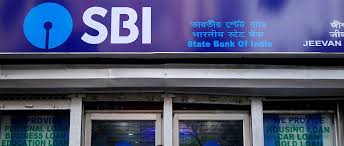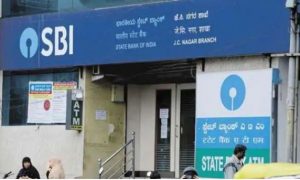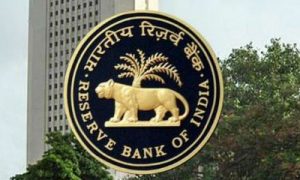Effective October 1, for those looking to take home loans from the country’s largest lender State Bank of India (SBI), there is a new home loan regime in place.
SBI has decided to adopt Repo Rate as the external benchmark for all floating rate loans for MSME, housing and retail loans effective October 1, 2019. Earlier, SBI had withdrawn its repo linked home loan product which was launched on July 1, 2019.
Incidentally, SBI was the first bank to offer repo-linked lending rate (RLLR) home loans, while later on several other banks too launched such home loan scheme with interest rate linked to repo rate. The repo linked lending rate based home loan scheme is a relatively new product, while MCLR based home loan scheme continues to be there.
Effective from September 1, 2019, the SBI repo linked lending rate (RLLR) is 7.65 per cent. The effective RLLR linked home loan, however, will depend on the loan amount, loan-to-value of the loan and the risk group of the borrower. For loan up to Rs 75 lakh, the home loan interest rate will vary between 8.05 per cent and 8.20 per cent, depending on the risk group.
MCLR is an internal benchmark of the bank and it was seen that it failed to become a tool that could effectively transmit the repo rate to the borrowers.
RBI, therefore, had announced that effective October 1, all new floating rate personal or retail loans (housing, auto, etc.) and floating rate loans to Micro and Small Enterprises extended by banks has to be linked to external benchmarks.
The banks are free to use of the following benchmarks:
– Reserve Bank of India policy repo rate
– Government of India 3-Months Treasury Bill yield published by the Financial Benchmarks India Private Ltd (FBIL)
– Government of India 6-Months Treasury Bill yield published by the FBIL
– Any other benchmark market interest rate published by the FBIL
Important to note that all lending by the banks since April 1, 2016 are required to be at an interest rate not below its MCLR. Banks cannot lend below its MCLR but may add a mark-up to arrive at the final home loan interest rate.
However, proper transmission of repo rates to the borrower by the banks remained a major concern and banks were found not to pass on the benefit of rate when RBI cut the repo rate but were eager to raise the rates when the repo rate inched upwards. To address this issue, RBI asked the banks to link home loan rates to an external benchmark rather than linking them to the MCLR, the bank’s internal benchmark.





































